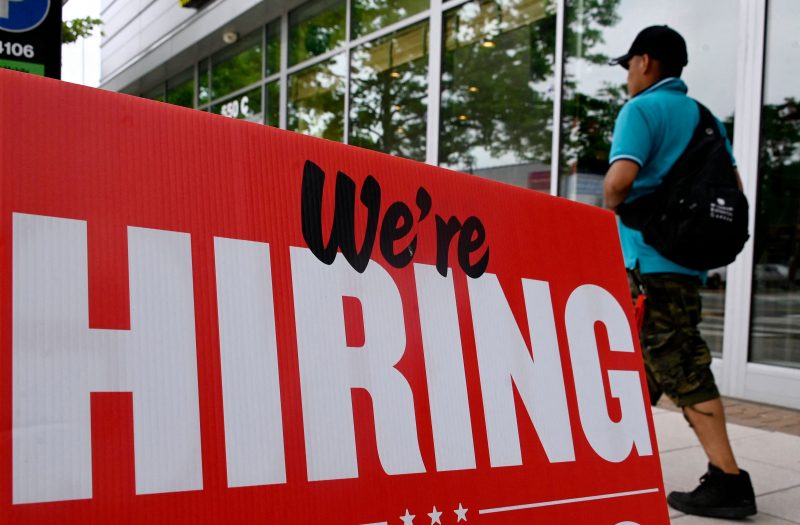
Black unemployment has never before been this close to White unemployment
The earliest point at which the Bureau of Labor Statistics recorded the unemployment rate for both Black and White Americans separately was January 1972. That month, the unemployment rate for Blacks was 11.2 percent, more than twice the 5.2 percent rate for Whites.
Over the course of the next 50 years, 600 months of data, the Black unemployment rate was at least twice that of Whites more than three-quarters of the time. It was at least 50 percent higher in 598 of those 600 months.
The exceptions came at the outset of the pandemic. In April 2020, the Black unemployment rate was only 18 percent higher than the White rate; the following month it was only 37 percent higher.
There’s an obvious reason. In April 2020, the White unemployment rate was 14.1 percent, and the rate for Black Americans 16.6 percent. Because the rate for Whites was so high, a 2.5-point gap between the two groups was relatively small. In more than 100 months from January 1972 through December 2021, the percentage-point gap between White and Black unemployment rates was lower than the 4.5-point gap between Whites and Blacks in May 2020, even if the relative gap that month had the Black unemployment rate only 37 percent higher.
Since 1972, the gap between the Black and White unemployment rates has averaged 6.1 percentage points. In only three months has the gap been less than 2 points. Two of those three months were this year: March and then April. Employment data released on Friday morning shows only a 1.6-point gap between the White and Black unemployment rates, the lowest on record.
The Black unemployment rate is volatile, given that the Black population in the United States is smaller than the White population. But that it was only 1.8 points higher in March bolsters the idea that this unusually small gap captures something real.
Remarkably, the Black unemployment rate is only 52 percent higher than the White rate despite how low each unemployment rate was in April. It’s the third-lowest relative difference between the two groups — the two lower months being April and May 2020.
That something unusual should happen in this still-weird moment in the U.S. economy isn’t really that surprising. It’s worth noting, though, that the recovery from the broad economic shutdown that accompanied the pandemic has itself varied by racial group.
If we compare month-by-month employment relative to April 2019, we see that the number of White Americans working plummeted in early 2020, as did employment in other racial groups. After that plunge, those jobs largely rebounded.
But since the middle of 2020, the rate of employment growth among Whites has lagged other groups. Relative to April 2019, White employment is up only 1 percent, while Black employment is up 8 percent and Hispanic and Asian employment are each up more than 10 percent.
There are a lot more White Americans than Asian, Black or Hispanic ones, of course, meaning that equivalent percentage growth is tricky. But since April 2019, about 1.2 million more Whites are working, more than the 1.1 million increase among Asian workers but smaller than the gains of 1.5 million and 2.8 million among Blacks and Hispanics, respectively.
It is still the case that the unemployment rate for White Americans is lower than that for Black Americans, as it has been for more than 51 years. It’s just that in this moment — a moment, I’ll note, in which the heavily White baby boom generation is increasingly leaving the workforce — the difference between those groups is historically narrow.
